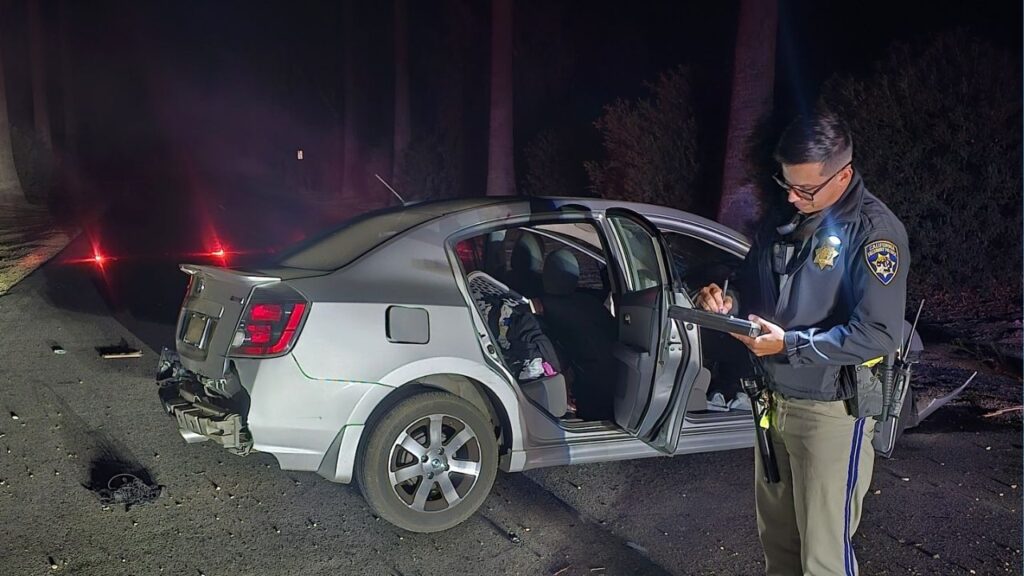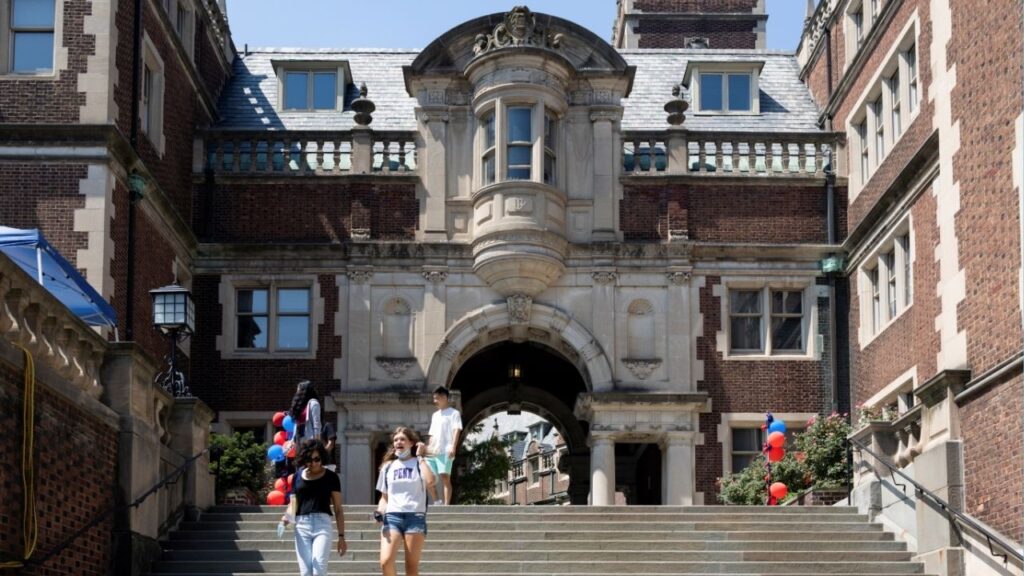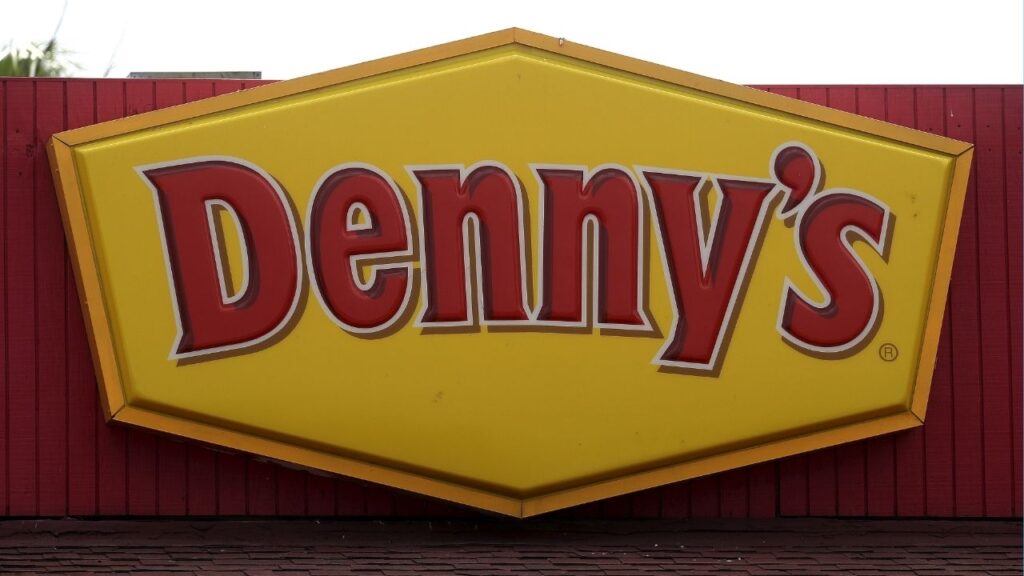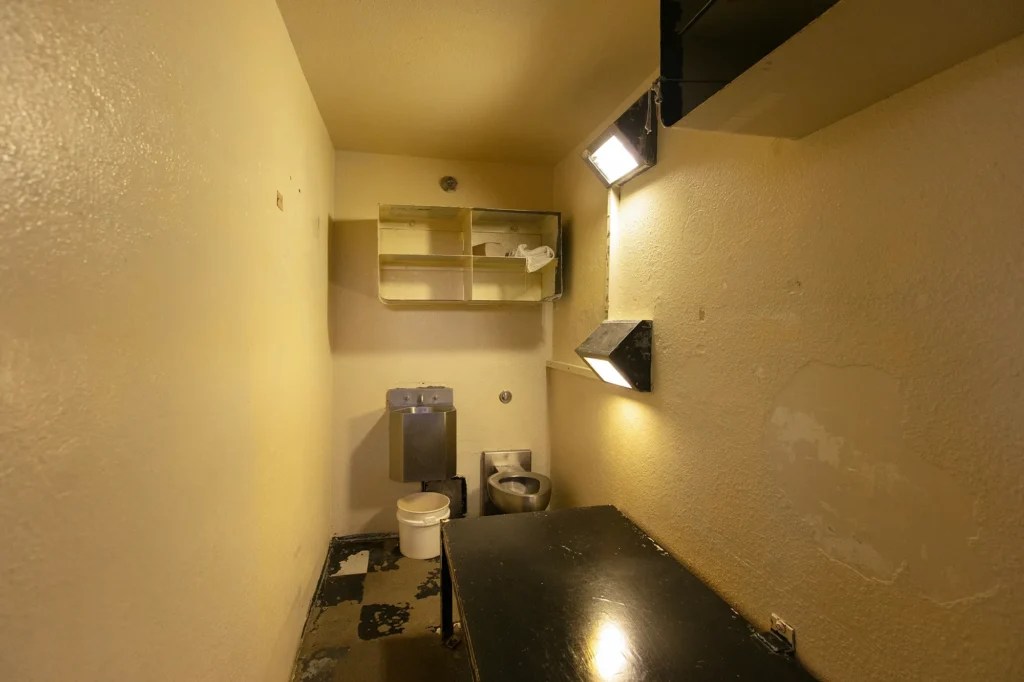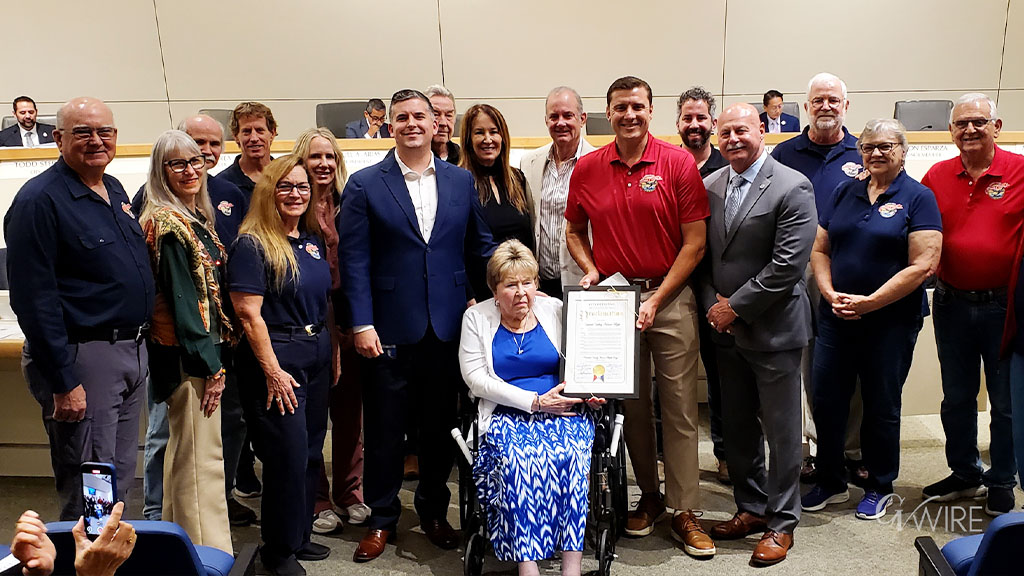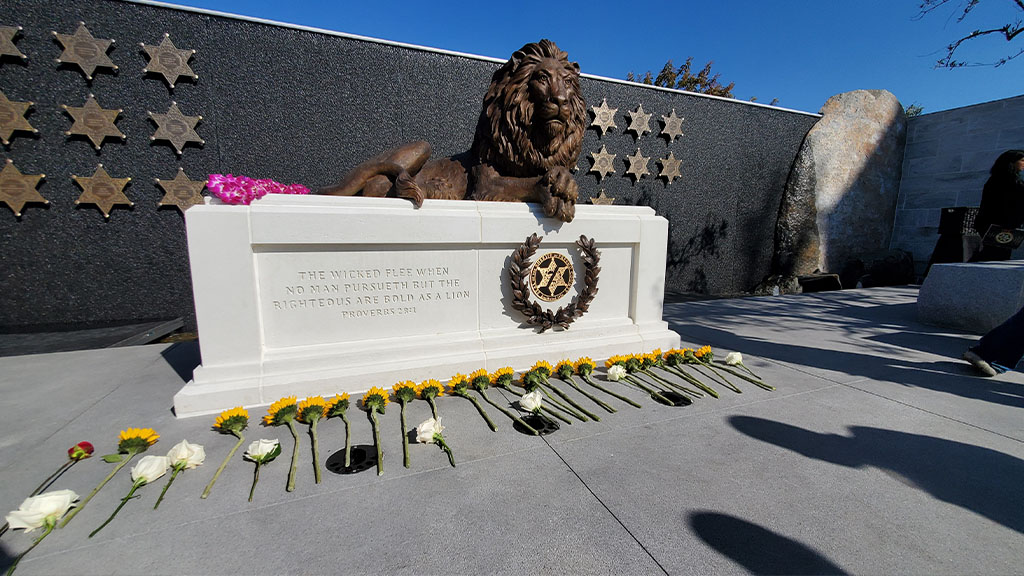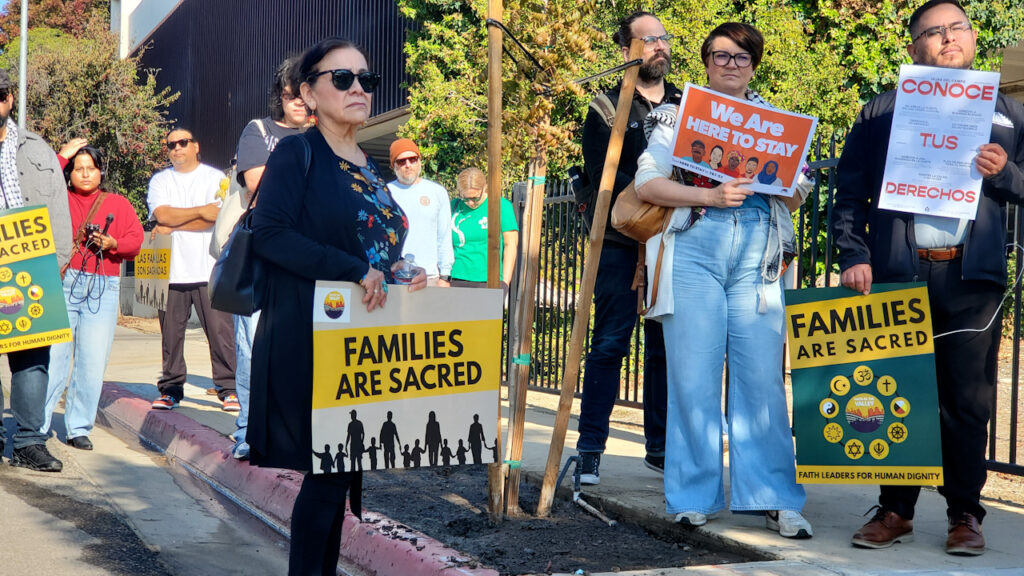A Lake County couple shares their struggle of maintaining an aging water system that couldn't meet drinking standards until state intervention brought relief. (CalMatters/CatchLight Local/Larry Valenzuela)

- After years of struggling with undrinkable water, a small California community finds relief through state-funded consolidation.
- More than 400 water systems serving 885,000 Californians are failing, with disadvantaged communities bearing the heaviest burden.
- California's SAFER program has helped 250 systems recover, but an estimated $11.5 billion is needed to fix all failing water systems.
Share
This commentary was originally published by CalMatters. Sign up for their newsletters.
We all know of mom-and-pop shops run by couples who share the workload and, if lucky, become integral to the communities they serve.
Until recently my husband, Norm Benson, and I were mom-and-pop operators of a water treatment and distribution system at Clear Lake, an idyllic, nutrient-rich version of a green Lake Tahoe, about 110 miles north of San Francisco.
We love our community and didn’t mind pitching in.
Undrinkable Water for Years
Over the years our mutual water system, the Crescent Bay Improvement Co., has become unsustainable. Our treated lake water could not meet state or federal drinking standards.
We could boil it for cooking and use it in bathrooms and for laundry. But the 24 households and businesses hooked up to our system had to rely on bottled water for drinking.
The state and a much larger water company in recent years threw us a lifeline, for which we are grateful. By the time we got help, our water hadn’t been drinkable for years.
We were hardly alone. More than 400 water systems, serving 885,000 Californians, are failing across the state, the State Water Resources Control Board reports. More than half those failing systems are in disadvantaged communities, and two-thirds serve mostly people of color.
The reasons for these failures range from poor water quality or limited water availability, to a lack of affordability for consumers or technical management issues.
It’s also deeply concerning that more than 1,000 additional water systems, serving more than 3 million Californians, are also at risk or are potentially at risk of failure.
The Burden of Maintaining a Water System
California was the first state to declare that clean drinking water is a human right in 2012. As with so much in life, however, rights don’t necessarily come with guarantees.
Norm and I shouldered enormous responsibilities to keep water flowing to our customers.
As the daily treatment plant operator, Norm lugged heavy bags of diatomaceous earth — used to remove unwanted material from drinking water — up and down 152 steps, between the road and our lakeside plant.
California does have far-sighted policies in place to help and is keeping watch over the needs of small struggling systems like ours was.
Mary Benson
When he entered his 70s we tried to hire help, but there were no takers. Applicants took one look at those 152 steps and shook their heads.
Although my profession is real estate, I got a water treatment license to manage our system. I volunteered, since our community’s $30,000 budget didn’t include my salary.
Work weeks were endless. Day trips were cut short by broken pipes or other emergencies in our aging system, dating back to 1935. Infrastructure upgrades were out of reach.
State-mandated fire hydrants and water meters were nonexistent and unattainable for our system. Hydrants require 6-inch pipes; our system has 2-inch pipes.
Finding Hope Through State Programs
As bleak as this sounds, it turned out there was hope. In 2019, Gov. Gavin Newsom signed a law that would channel hundreds of millions of dollars yearly into improving failing water systems, including through consolidations with larger systems, as would happen for us.
This “Safe and Affordable Funding for Equity and Resilience” (SAFER) program helped facilitate the acquisition of our system in July 2023 by the Golden State Water Co., which operates 40 water systems across California.
Now Golden State is doing what we could not — making investments to ensure a safe, clean, reliable drinking water infrastructure.
Since SAFER, the state’s Water Resources Control Board has distributed more than $800 million to disadvantaged areas. More than 250 systems are no longer failing. About 100,000 Californians are benefiting from state-facilitated consolidations like ours.
As hopeful as these numbers are, the needs still dwarf the resources.
Costs to upgrade failing wells and water systems are high — an estimated $11.5 billion over five years. The board anticipates a worrisome shortfall of $5 billion in grant funding.
Even so, we know California does have far-sighted policies in place to help and is keeping watch over the needs of small struggling systems like ours was.
About the Author
Mary Benson is a Lake County real estate broker who operated a small water system at Clear Lake with her husband.
___
This article was originally published on CalMatters and was republished under the Creative Commons Attribution-NonCommercial-NoDerivatives license.
Make Your Voice Heard
GV Wire encourages vigorous debate from people and organizations on local, state, and national issues. Submit your op-ed to bmcewen@gvwire.com for consideration.







